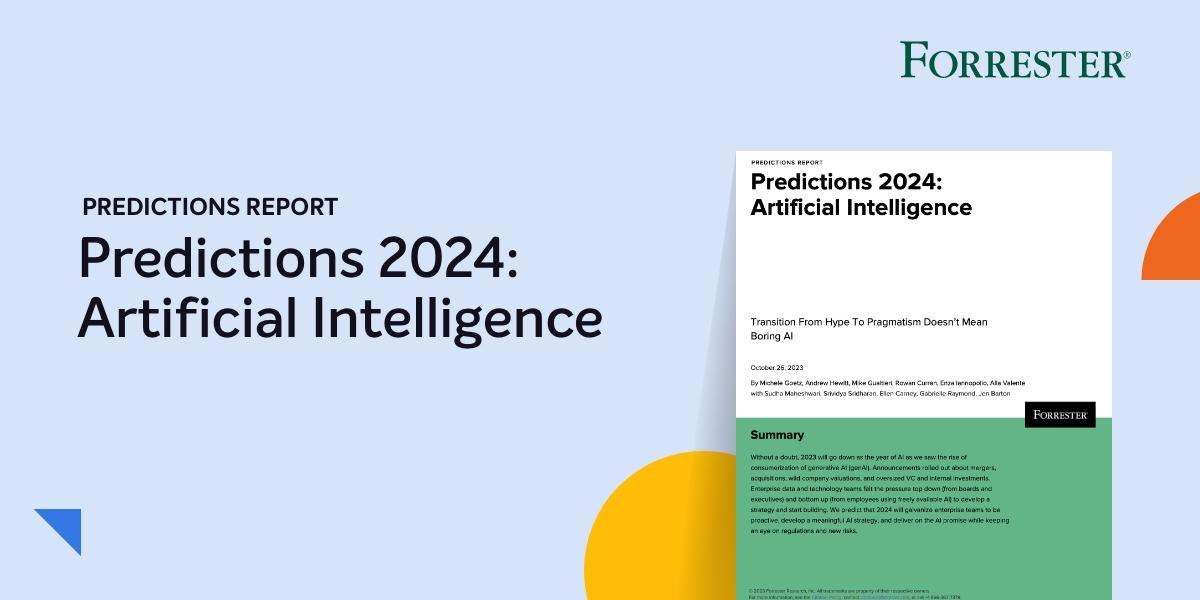[vc_row][vc_column][vc_column_text]
The Difference a Future Proof EDR Architecture Makes
Enterprise Management Associates (EMA) published the findings of their evaluation of two of the leading endpoint detection and response (EDR) platforms currently available: Tanium and 1E Tachyon.
Future proof architecture delivers Speed and Scalability
While Tanium enjoys broad recognition for its approach to endpoint communication using peer-to-peer (P2P) networking, it’s important to keep in mind that Tanium’s development predates the mobile revolution. This is why Tanium’s architecture is best suited for static environments supporting non-moving PCs on dedicated LANs.
Recognizing today’s more dynamic end user computing environments, 1E architected its Tachyon solution to provide high-speed responses that are also much faster than traditional approaches to endpoint monitoring but without the need for linking endpoints in unmovable chains.
–EMA research paper: Adopting Effective Solutions in Endpoint Detection and Response (June 2018)
According to the EMA report, Tachyon’s underlying architecture offers a lower friction approach, delivering faster overall performance than what is possible by negotiating through a Tanium P2P chain. This means that more enterprise devices can be supported regardless of location, but also enables support for portable endpoints such as laptops, tablets, smartphones, and IoT devices that would otherwise have to be managed separately. If your organization needs to manage a mixture of remote/mobile and static devices, and do it fast, Tachyon provides a modern architecture for simplifying the job, cost effectively.[/vc_column_text][vc_column_text]
|
Tanium |
Tachyon |
| Scalability |
| Maximum number of supported endpoints per implementation |
400,000 |
1,500,000 |
| Server Hardware Cost (supporting 50000 endpoints) |
-$17600 |
-$5400 |
| Server-Client Connectivity |
| Connection Architecture |
Peer to Peer |
One to one |
| Mobile & Other Devices |
| Android |
 |
 |
| Application Programming Interface (APIs) |
| Representational State Transfer (REST) API |
 |
 |
Extensibility to support the way modern business works
Tachyon was also designed to provide greater extensibility than Tanium. This is particularly evident in the platform’s orchestration capabilities that enables process automation of resources beyond just basic shell scripts. Additionally, Tachyon’s REST API and broader points of integration provide easier and more reliable connections to third-party management solutions.[/vc_column_text][vc_column_text]
Design Excellence for Tachyon – Report Key Findings
- Modern Architecture: Tanium’s architecture predates the mobile revolution.
- Support for mobile working: Tanium’s architecture is only ideally suited for static environments supporting non-moving PCs on dedicated LANs.
- Faster Response Speed: Tachyon offers a lower friction approach with faster performance than what is possible with Tanium’s peer-to-peer chain.
- Lower resource impact on endpoint: Tanium’s approach sequentially executes scripts locally on each endpoint, adding to network and CPU load.
- Extensibility beyond scripting: Tachyon’s process automation goes beyond Tanium’s support for just basic shell scripts (using SCALE).
- Broader Integration: Tachyon’s REST API provide easier, more reliable connections to third-party management solutions.
While both Tanium and Tachyon can be extended for multiple use cases, Tachyon is significantly faster and cheaper to operate at scale thanks to its innovative modern architecture. Tachyon works well with remote endpoints outside your office network and is easier to interoperate with, thanks to the RESTful API approach. As such, it is, in our opinion, the better EDR tool choice in the areas that really matter to modern business (scalability, performance, cost) looking for a future proof EDR solution.
[/vc_column_text][/vc_column][/vc_row]





